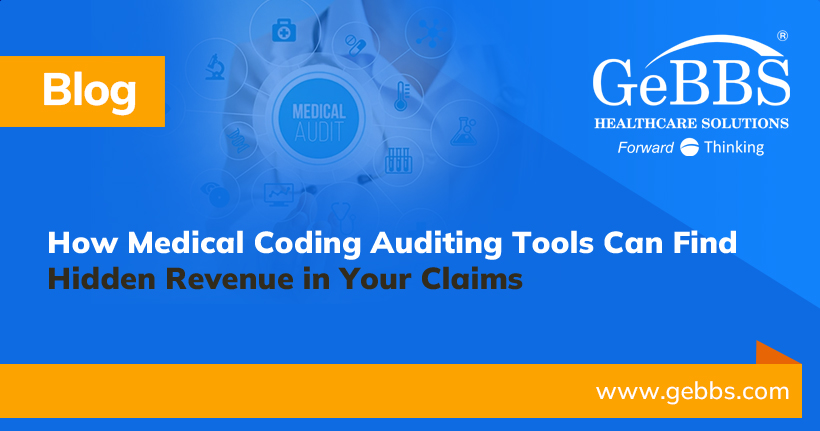Patient access management department structures vary among hospitals, but in best-performing facilities, patient access management functions are typically structured with their patient access staff members divided into three areas: pre-service, time of service and post-service to handle the issues unique to these processes at each stage in the continuum of care.
Pre-service: Hospitals are beginning to realize the importance of managing the patient’s expectations prior to arrival – expected copayments, referrals and authorizations all must be completed before services are rendered. In today’s newly expanded self-pay environment, hospitals need to adopt aggressive philosophies for patient financial responsibilities prior to delivering non-emergency services.
Time-of-service. Optimum patient access management requires a robust preregistration program, combined with a redesigned registration process, to facilitate patient flow and produce more accurate financial patient data in every area but ED. Best practices hospitals have established facilitated registration processes for preregistered patients where their insurance coverage and their ability to handle self-pay amounts have already been determined, prior to their presenting at the hospital.
Post-service. The nature of healthcare delivery is such that many services cannot be scheduled in advance. ED volumes have increased dramatically as a growing number of uninsured patients use the ED as their primary care source. It has been estimated that on average, more than half of inpatient admissions are derived from the ED in many hospitals.
Best-performing hospitals have a stringent process in place for insurance verification within 24 hours of admission. These hospitals also scrutinize accounts registered as self-pay within 24 hours of admission seven days per week. They also periodically re-evaluate patients with long hospital stays to make sure that eligibility is maintained.
ED patients who are treated and released pose a greater challenge, especially if they lack insurance. Best-performing hospitals ensure that a high percentage of ED patients are financially screened prior to discharge. The right patient access management department structure can reduce uncollected revenue for many hospitals.






